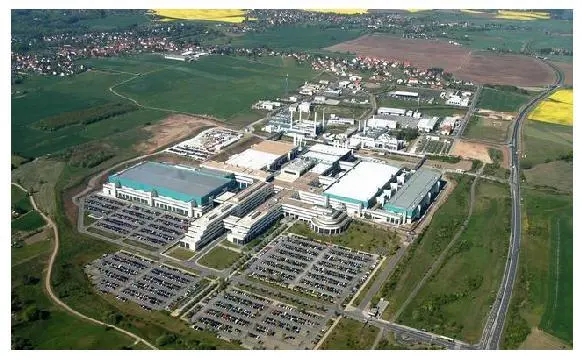
0755-83687076
Author: admin Time:2021-12-15 Click:

The CEO of GlobalFoundries, the world's third-largest semiconductor foundry, recently stated that for the majority of the next 5 to 10 years, the integrated circuit industry may face a situation of tight supply. He noted that the company's wafer capacity through the end of 2023 has already been fully booked. Many experts previously believed that the global semiconductor shortage triggered by the COVID-19 pandemic would ease as the pandemic improves, but it now appears that "chip shortages" of various sizes may become a normal occurrence in the semiconductor field in the short term.
Chip Shortages Likely to Persist
GlobalFoundries, the world's third-largest semiconductor foundry, went public on the Nasdaq last week. Before that, the company sent a message to the market that even if supply chain issues can be alleviated after the pandemic, the demand for chips will not decrease in the short term. Therefore, even with the company investing tens of billions of dollars in its capital-intensive business, it can improve its profitability.
As is well-known, the "hardest hit" area of the current chip shortage is the automotive chip sector. However, data shows that the chip shortage has spread from the global automotive and home appliance industries to electronic product manufacturers and their suppliers. Apple recently stated that due to chip shortages, the company will lose more than $6 billion in the fourth quarter of this year.
Facing the increasingly normalized chip shortage, many electronic information companies still want to develop steadily and need to take more measures to solve this global problem.
Global Foundry Construction Boom
Faced with the current chip shortage, semiconductor manufacturers around the world are rushing to build new factories and expand production to fill the gap.
SEMI data shows that global semiconductor manufacturers will start construction of 19 high-capacity chip factories by the end of 2021 and 10 more factories in 2022, totaling 29 factories to meet the demand for chips in various markets such as communication, computing, medical care, online services, and automobiles.
SEMI's global chief marketing officer and Taiwan regional president, TJ Huang, points out that with the continued increase in the industry's efforts to address the global chip shortage, the equipment spending for the 29 new chip factories is expected to exceed $140 billion in the long term. The expansion of chip factory capacity will also help meet the strong demand for semiconductors in emerging applications such as autonomous driving cars, AI, high-performance computing, and 5G, 6G communications.
However, building a wafer fab is not a quick process. It is understood that after a new factory starts construction, it usually takes at least two years to reach the equipment installation stage. Therefore, most of the new factories that began construction in 2021 will not be equipped until at least 2023, and it will take some time from commissioning to production. Therefore, addressing the immediate need will take time.
Construction Boom Requires Talent
Building a new factory is not as simple as purchasing equipment. On the contrary, the factory and equipment are the easiest steps in building a new factory, and the most difficult step is the construction of the talent team.
XMC Research Institute's Chief Analyst Gu Wenjun told China Electronics News that in recent years, China has added more than 20 semiconductor manufacturing entities, but with more and more new factories, the shortage of chips has become more severe. The root cause is the lack of talent. As new entities continue to emerge, the talent pool is limited, and all new entities can only poach talent from the old entities. This has led to the fragmentation of the originally scarce, intact teams, making it difficult for both old and new entities to operate effectively. The dispersion of teams has led to low industry efficiency, creating the phenomenon of "the more entities, the more capacity shortage."
So, how many technical talents are needed to build a new production line? Taking a 12-inch wafer factory with a monthly capacity of 40,000 wafers as an example, about 30 people are needed for director-level and above positions, with a training period of more than 15 years; about 100 people are needed for department managers below the director level, with a training period of about 10 years; about 350 core engineers are needed, with a training period of 3 to 7 years; and about 630 junior engineers are needed, with a training period of about 2 years. Therefore, the most needed for a new wafer fab is talent support.
In addition, in the past two years, as the entire semiconductor industry has become increasingly popular